Los Angeles is often referred to as “the Gang Capital of America.” According to the Los Angeles Police Department (LAPD), the city is home to over forty five thousand gang members, organized into 450 gangs. “Gangs are a symptom of society”, a representative from an organization that deals with justice in the prison system told us.
Besides incarceration, another way to deal with gangs is to deport them. “In regards to a deportation case, you are your worst enemy,’ an ex gang member told us. Your presence in this country is the evidence that you’re breaking the law. And the natural thing to do, seemingly, in these cases, is to deport the person who is illegally here. The thing is, that many of the people who live illegally in Los Angeles moved here with their families when they were very young. They grew up here and spent their whole lives here, and so when they are deported back to “their home country”, which is often El Salvador, they are complete strangers there. El Salvador is also incredibly dangerous, so that is a horrible place to go, and naturally they do whatever they can to come back. Los Angeles is often called the “land of second chances”. But what do you do with the new generation of gang members, who were born in the states and cannot be deported? Los Angeles tried to incarcerate its way out of the problem.
And so this is where we heard of the “school to prison pipeline.” Where you are born, and where you go to school, can dictate your chances of survival and success in the system. Because of their schools’ proximity to shady neighborhoods and gang activities, the youth are highly likely to become involved in them. “These age group is under siege,” we were told. Furthermore, because misdemeanors in these areas are treated as serious offenses, and because the youth of these areas are likely to be tried as adults, including incarceration without parole, these kids are at a serious risk of ending up in prison – and here we see the school to prison pipeline. These are the hopeless kids, with lives that have no hope. When they join a gang, they give up their problems, and in return they get a network or support, and they are ready to die for that. “Now they have something to do,” an NGO worker told us, “Before they were just children sniffing glue. Now, all they have to do is put a number or a letter on and everyone is terrified of them.”
So what can you do?
We were offered lot of ideas, from ex gang embers themselves, to people that work in NGOs that deal with gangs:
*notice how a lot of these can and do apply to the question of homelessness as well*
- Define the problem, define the solution.
- The work is about changing the culture.
- “Nuestra Lucha, Nuestra Voz” (Nothing about us without us)
- Focus on development without displacement.
- Be against gentrification, but for investment, and pay close attention to the difference.
- Leverage the media, change the words used. For example, instead of saying “offender”, say “incarcerated person”. This brings back the human element.
- Narrow the gap between policy and implementation, policy makers are so far removed, they have no idea how their work affects other people.
- If you drop 6 felonies to misdemeanors, you will reduce the prison population by a third (from 20k)
- Remove the police from first contact.
- Most of the homeless people and gang members are not your family, but they could be, and so treat them like they are.
- Validating minorities by giving them a voice and representation.
And last, but not least:
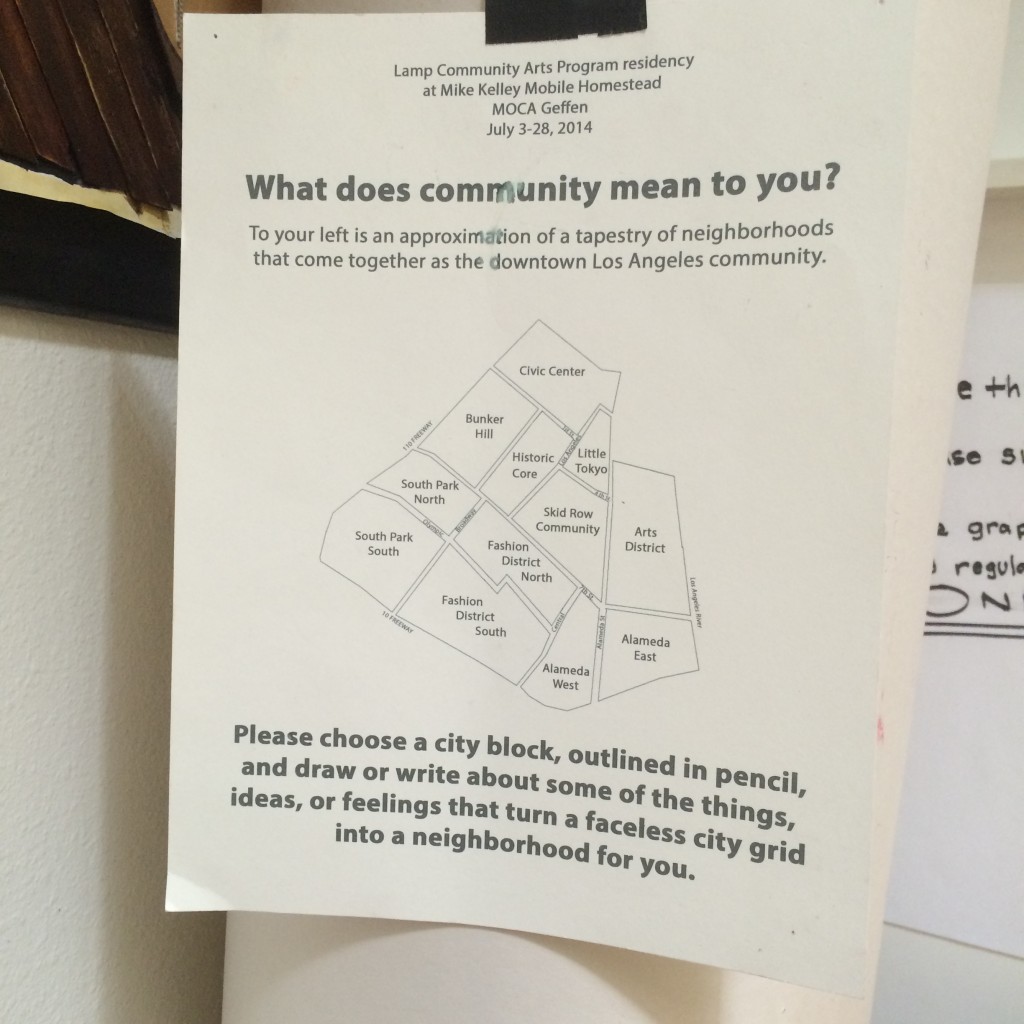

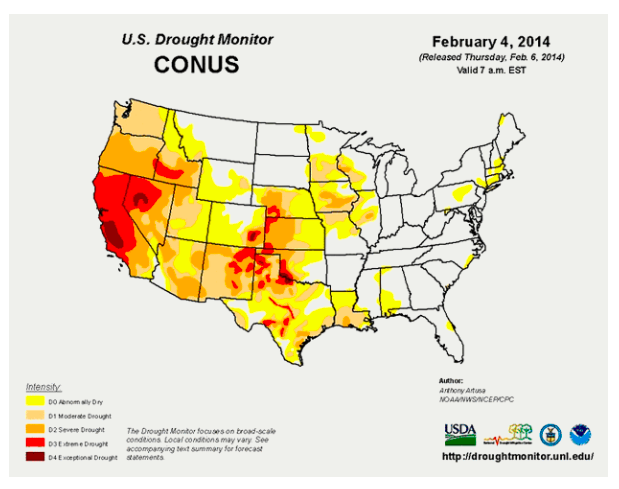
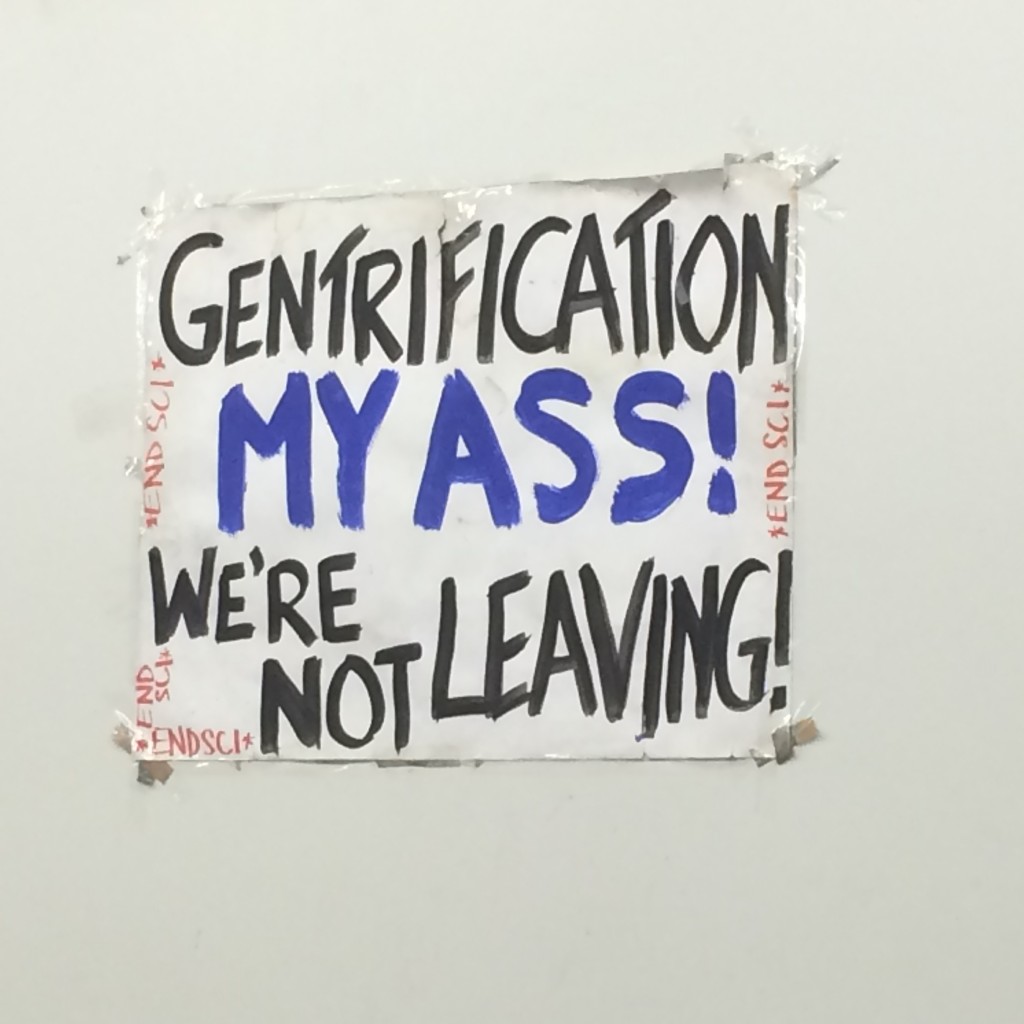 “open asylum” and a “containment zone” (somehow both of those seemingly contradictory terms apply) is a fifty square block section by the Los Angeles downtown. The neighborhood has been going through cycles of people who live on the streets there, beginning with the tent city that rose up there since it was the end of the railroad (which at the time, were mostly white). Now, the neighborhood is transitioning from a predominantly African American population to one that is more Latino, as white people move back through gentrification. On any given night, there are 4 to 6 thousand homeless people on Skid Row. It’s called “the hard school of knocks.”
“open asylum” and a “containment zone” (somehow both of those seemingly contradictory terms apply) is a fifty square block section by the Los Angeles downtown. The neighborhood has been going through cycles of people who live on the streets there, beginning with the tent city that rose up there since it was the end of the railroad (which at the time, were mostly white). Now, the neighborhood is transitioning from a predominantly African American population to one that is more Latino, as white people move back through gentrification. On any given night, there are 4 to 6 thousand homeless people on Skid Row. It’s called “the hard school of knocks.”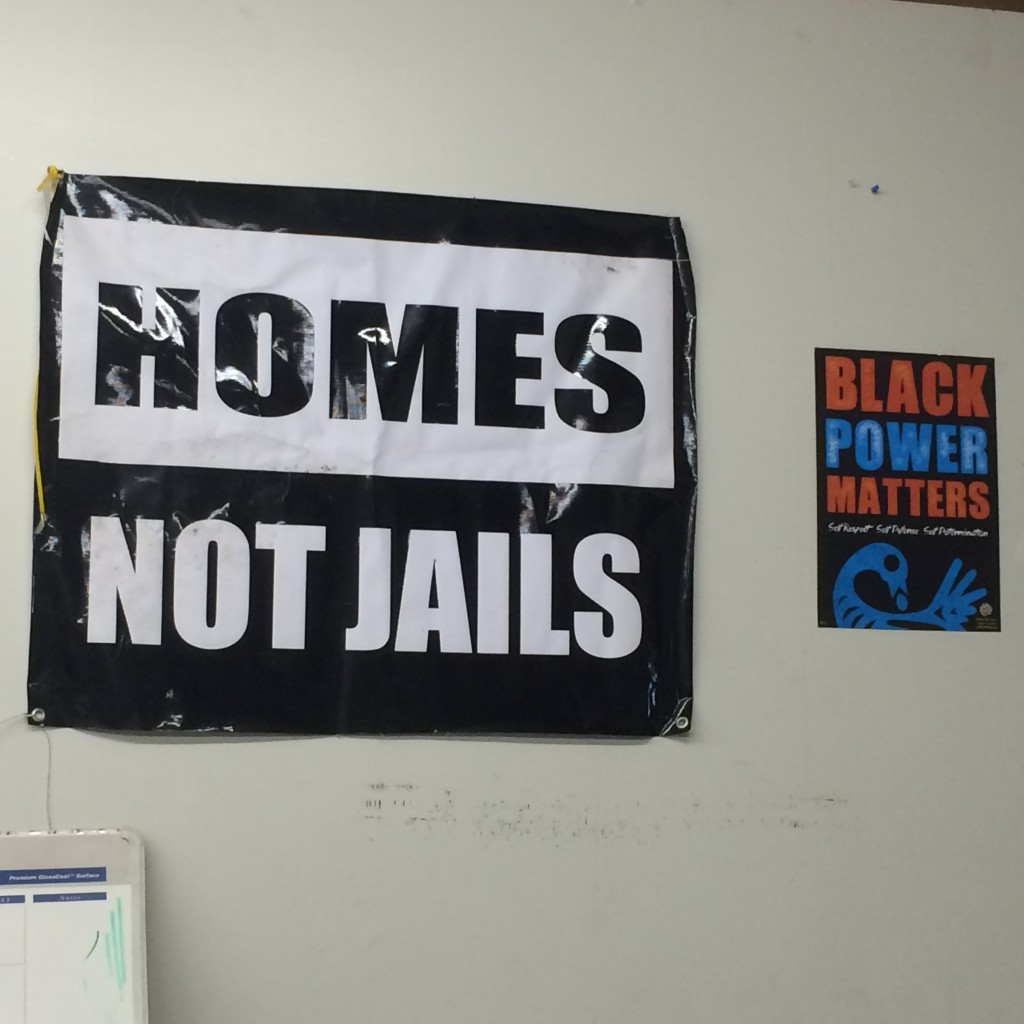 re drivig around thinking <<ticket, ticket, ticket>> when they should be thinking of ways to address the problem. There is a line between your relationship with law enforcement and your relationship with the community. Law enforcement should come from the community.
re drivig around thinking <<ticket, ticket, ticket>> when they should be thinking of ways to address the problem. There is a line between your relationship with law enforcement and your relationship with the community. Law enforcement should come from the community.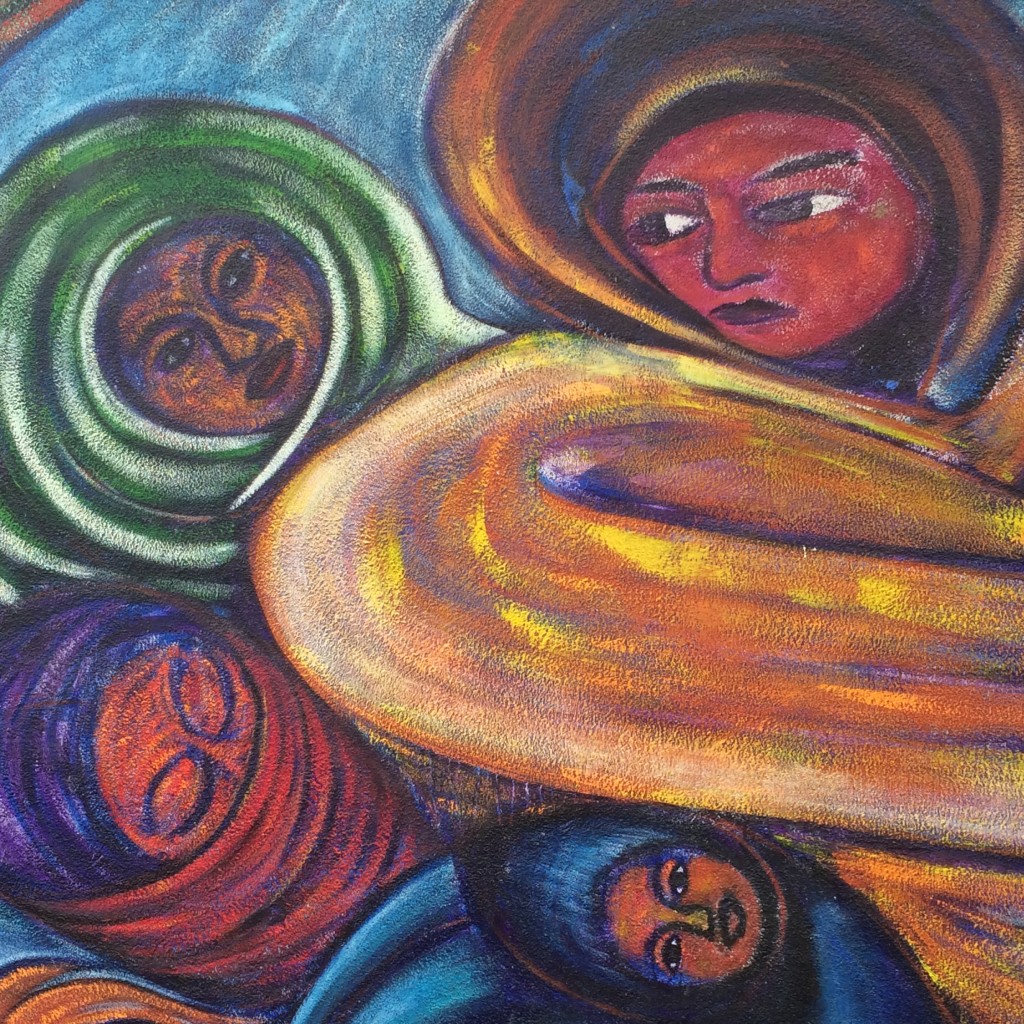 People who live in Los Angeles, like in all places, have a lot of nicknames. We heard people called “shelter resistant” and “career criminals.” We heard about the “school to prison pipeline.” We heard the Unites States called “La Oosa”, and the “Land of Milk and Honey”, and Los Angeles called the “Land of Second Chances”. As protesters march, they call out “Nothing about us without us!” and as they leave, they chant, “We’ll be back”. Loca
People who live in Los Angeles, like in all places, have a lot of nicknames. We heard people called “shelter resistant” and “career criminals.” We heard about the “school to prison pipeline.” We heard the Unites States called “La Oosa”, and the “Land of Milk and Honey”, and Los Angeles called the “Land of Second Chances”. As protesters march, they call out “Nothing about us without us!” and as they leave, they chant, “We’ll be back”. Loca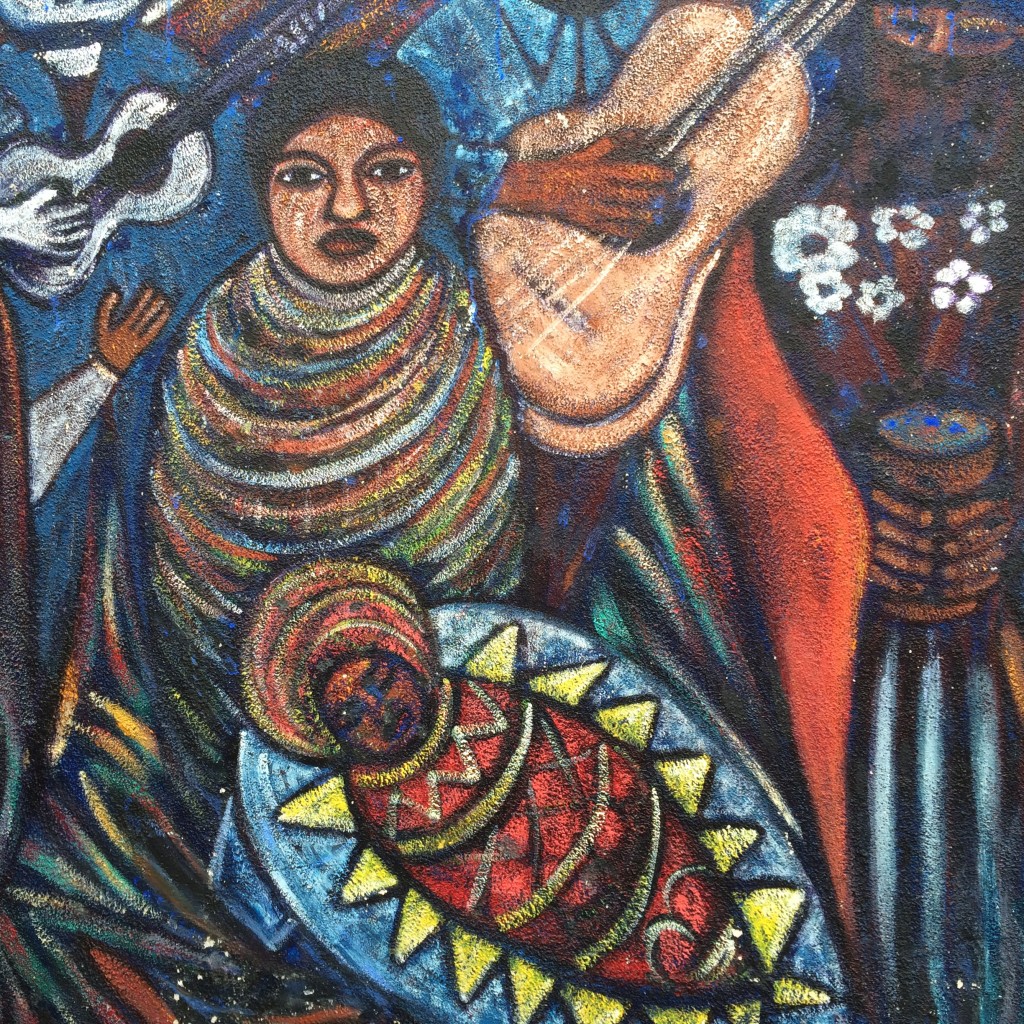 here is such a stigma associated with it. The people who have it don’t want to self identify that way because they might end up in a situation worse that what they are already in; NGO’s my have trouble finding funding for their cause. After all, as a person from one of the organizations we visited told us, “there are those that are easy to help, and those that are not.” If an NGO needs to meet a bottom line and show numbers of success, its much easier to boost numbers by avoiding the more, shall we say, difficult cases. “I’m scared to death that I a much sicker than I thought,” is a phrase we can all relate too.
here is such a stigma associated with it. The people who have it don’t want to self identify that way because they might end up in a situation worse that what they are already in; NGO’s my have trouble finding funding for their cause. After all, as a person from one of the organizations we visited told us, “there are those that are easy to help, and those that are not.” If an NGO needs to meet a bottom line and show numbers of success, its much easier to boost numbers by avoiding the more, shall we say, difficult cases. “I’m scared to death that I a much sicker than I thought,” is a phrase we can all relate too.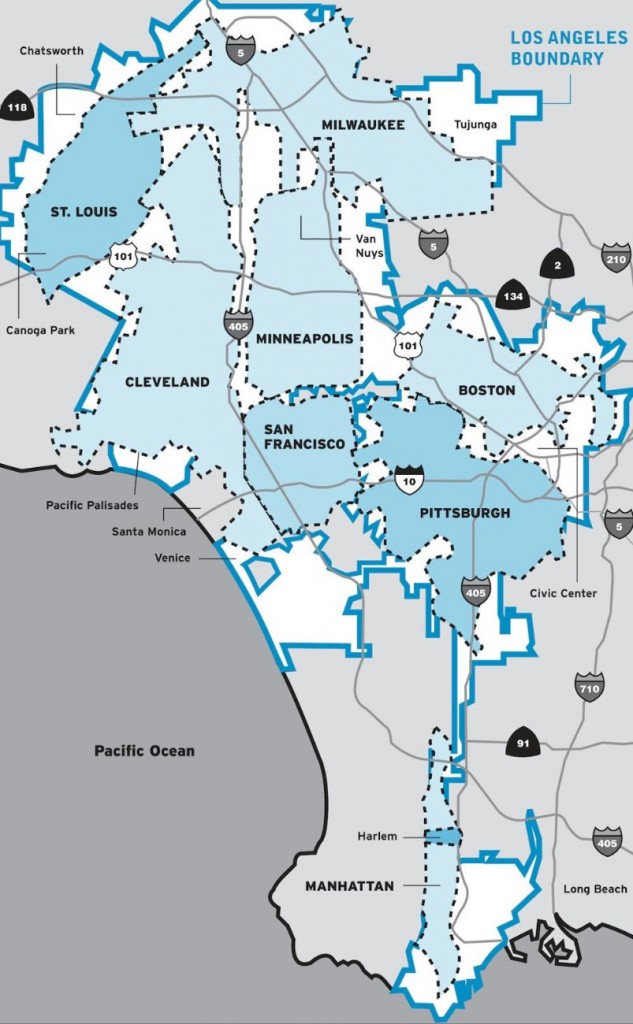
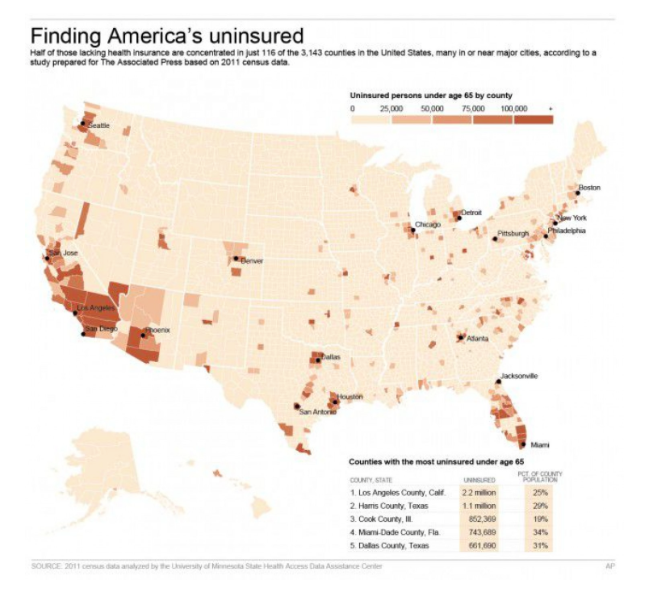
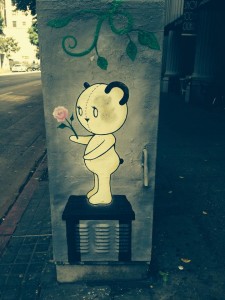 tudying much of the same issues was a welcome chance. When I was younger I was very into the theatre and the power of play acting and method acting to empathize about situations that are harder to understand. I was very blessed during the presentation preparation to be given the chance to use my past experience within this sphere of role playing to express what I had learned and understood while in L.A. I wrote a play with the help of my peers that tried to do justice to the lessons and the experiences we had been through and three topics stood out for us, gang violence, homelessness and mental disability. Through three short and powerful skits we put forward our vision of what L.A was like to us, what the everyday average Joe goes through and how those difficulties relate to the larger themes playing throughout L.A. Like one of the larger themes we connected to gang violence within our role playing context was police and law enforcement brutality.This issue to us, explained largely what the racial minorities and a lot of the populations that have difficulties with gang violence deal with and why they look at the law enforcement with such mistrust and reservation. We also played into the importance of education and how the lack of a strong and stringent education system within the areas where racial minorites and low income families reside is a very dire issue that must be addressed to ensure a more integrated and content immigant and overall population.
tudying much of the same issues was a welcome chance. When I was younger I was very into the theatre and the power of play acting and method acting to empathize about situations that are harder to understand. I was very blessed during the presentation preparation to be given the chance to use my past experience within this sphere of role playing to express what I had learned and understood while in L.A. I wrote a play with the help of my peers that tried to do justice to the lessons and the experiences we had been through and three topics stood out for us, gang violence, homelessness and mental disability. Through three short and powerful skits we put forward our vision of what L.A was like to us, what the everyday average Joe goes through and how those difficulties relate to the larger themes playing throughout L.A. Like one of the larger themes we connected to gang violence within our role playing context was police and law enforcement brutality.This issue to us, explained largely what the racial minorities and a lot of the populations that have difficulties with gang violence deal with and why they look at the law enforcement with such mistrust and reservation. We also played into the importance of education and how the lack of a strong and stringent education system within the areas where racial minorites and low income families reside is a very dire issue that must be addressed to ensure a more integrated and content immigant and overall population.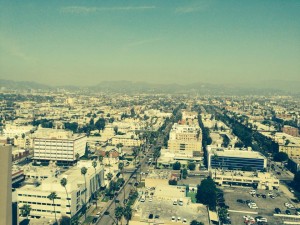 The idea that many of these individuals in the L.A area are veterans who served their country and now suffering from PTSD are forgotten and layed to waste on the curb, or the lack of help given to the mentally disabled who because of how expensive the medication they require and the services they need are, turn to recreational and harder drugs to ease their pains. These are the realities of those who live on the streets of L.A that no documentary or film or article can do justice to, these are the realities I only began to understand once it was time to leave. My personal understanding and recognition of the race dynamics in play in the Los Angeles area was one I hadnt felt almost anywhere else let alone where I am from, here it was like the community of persons of colour were one large family. While visiting the many NGO’s and other areas of L.A where we were observing these very conflicts of homelessness and poverty, I noticed how many of the times when a person of colour was giving us a presentation, or helping us understand the dynamics at play in that particular area or even just giving us a history of the art movement in L.A, I was made the focal point of many of these conversations. I believe this was because I was one of two persons of colour in our group, the other being our Professor. The idea that I was made more of a focal point of conversation just because of the colour of my skin told me a story of how far the racial minorities have been pushed out and how much they are at ease only with other people of colour.
The idea that many of these individuals in the L.A area are veterans who served their country and now suffering from PTSD are forgotten and layed to waste on the curb, or the lack of help given to the mentally disabled who because of how expensive the medication they require and the services they need are, turn to recreational and harder drugs to ease their pains. These are the realities of those who live on the streets of L.A that no documentary or film or article can do justice to, these are the realities I only began to understand once it was time to leave. My personal understanding and recognition of the race dynamics in play in the Los Angeles area was one I hadnt felt almost anywhere else let alone where I am from, here it was like the community of persons of colour were one large family. While visiting the many NGO’s and other areas of L.A where we were observing these very conflicts of homelessness and poverty, I noticed how many of the times when a person of colour was giving us a presentation, or helping us understand the dynamics at play in that particular area or even just giving us a history of the art movement in L.A, I was made the focal point of many of these conversations. I believe this was because I was one of two persons of colour in our group, the other being our Professor. The idea that I was made more of a focal point of conversation just because of the colour of my skin told me a story of how far the racial minorities have been pushed out and how much they are at ease only with other people of colour.

